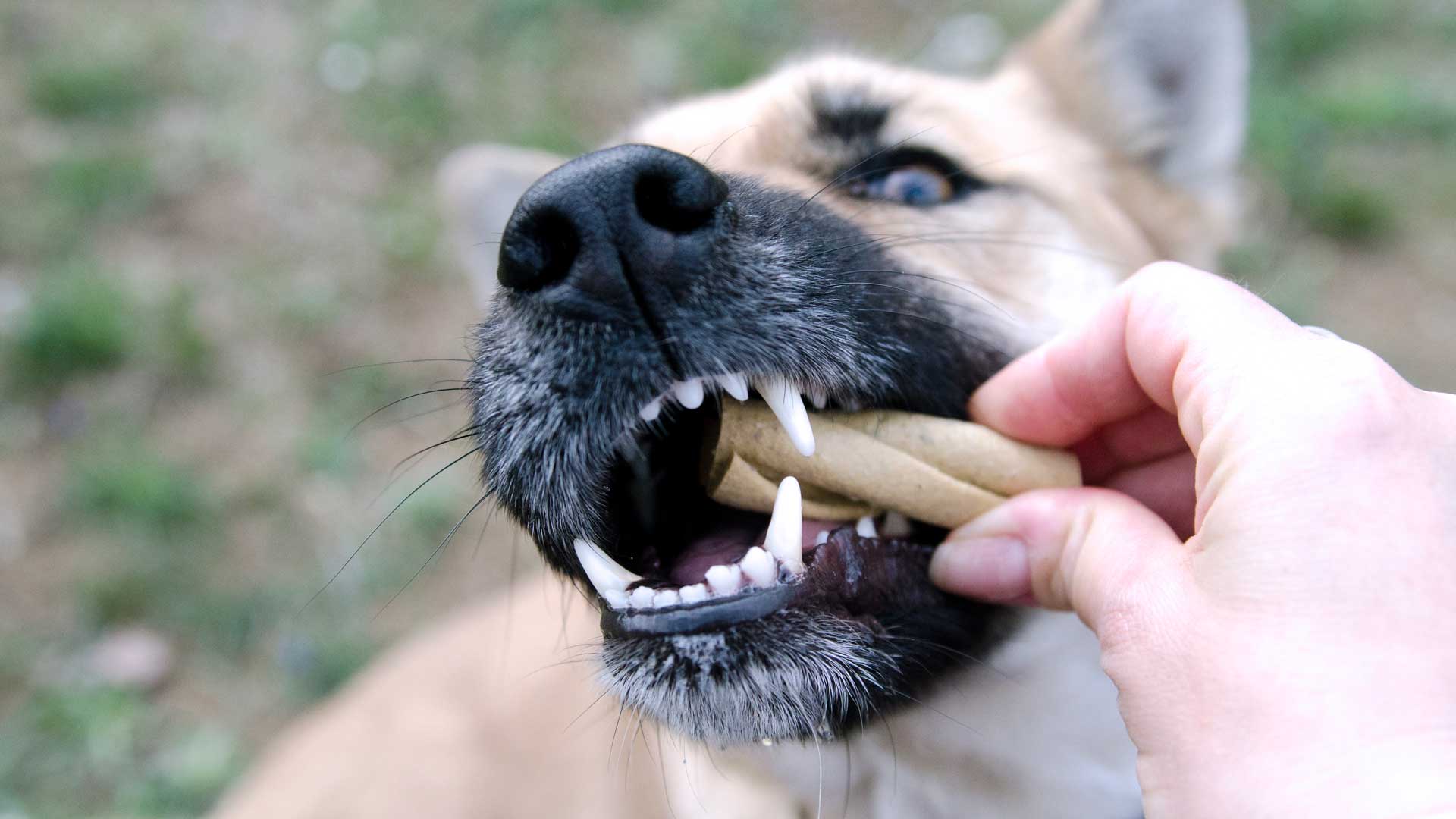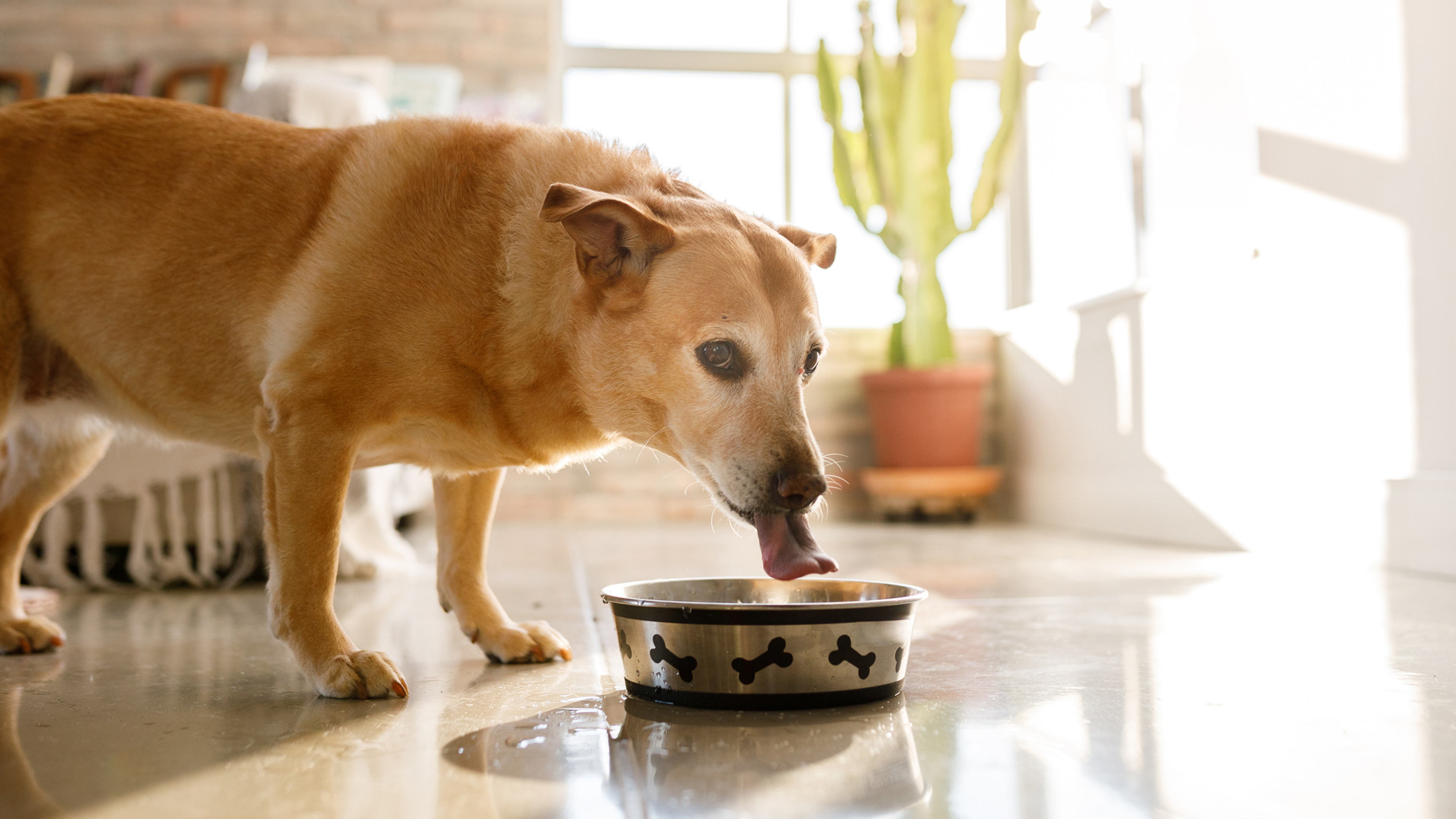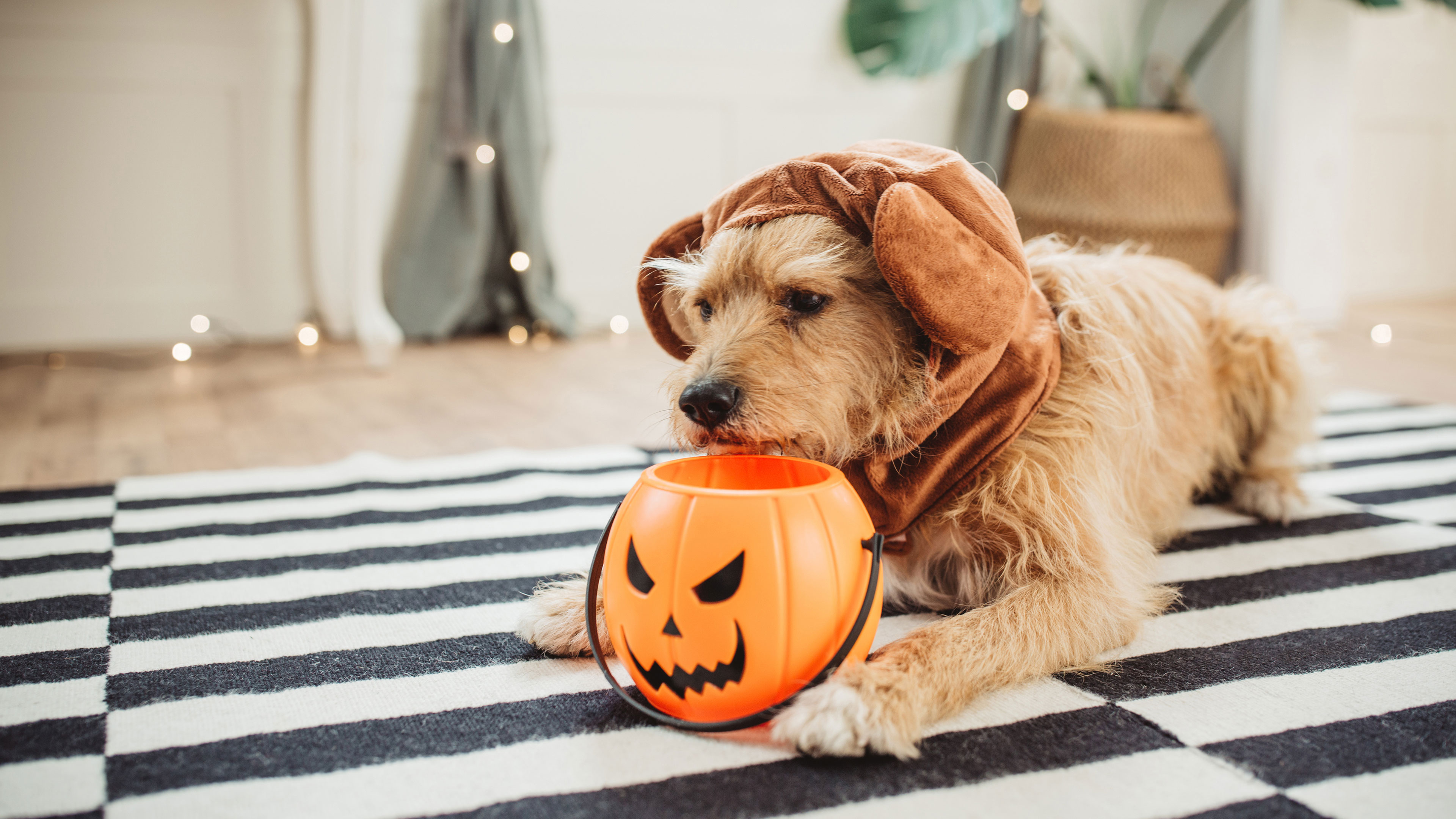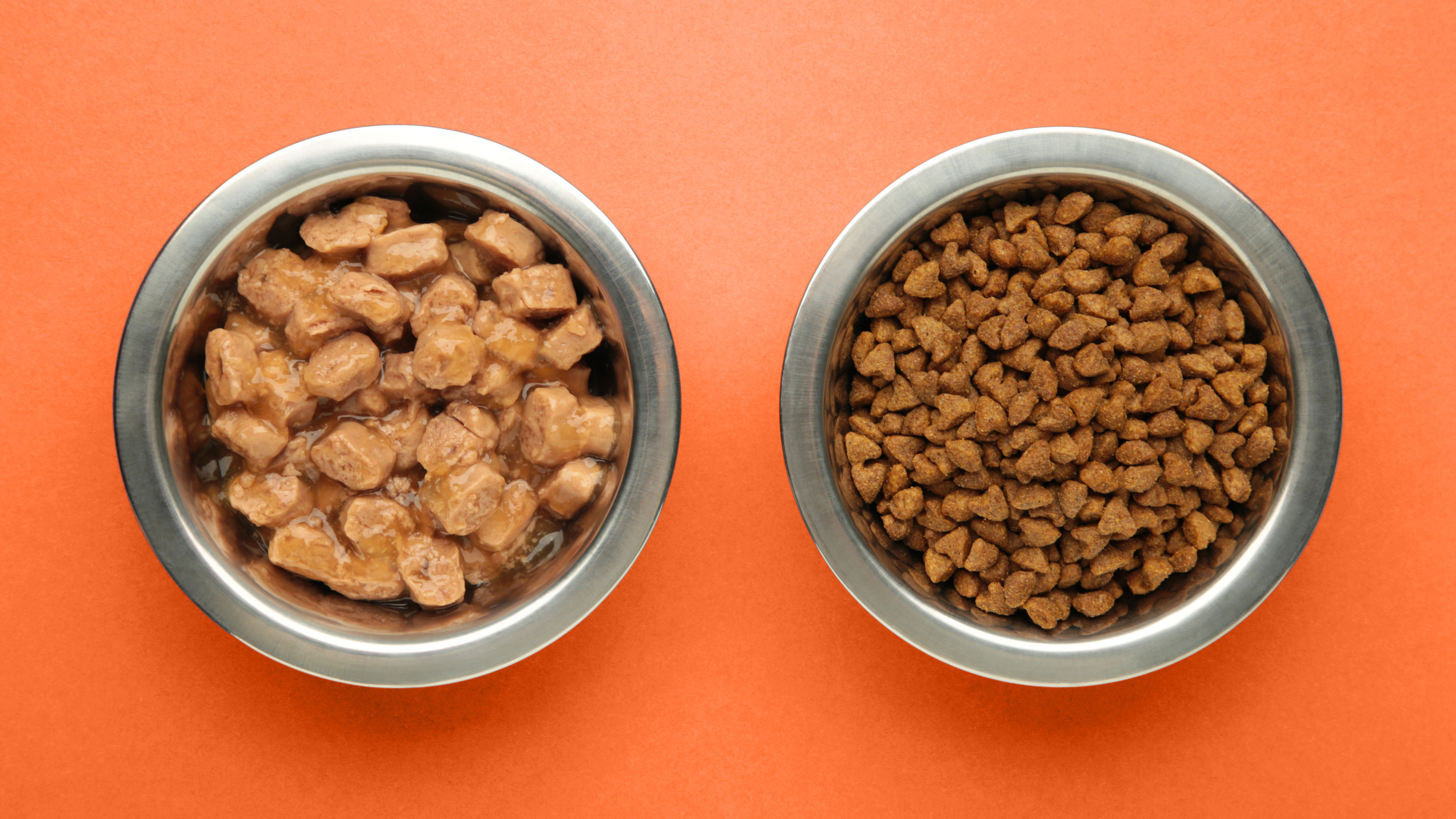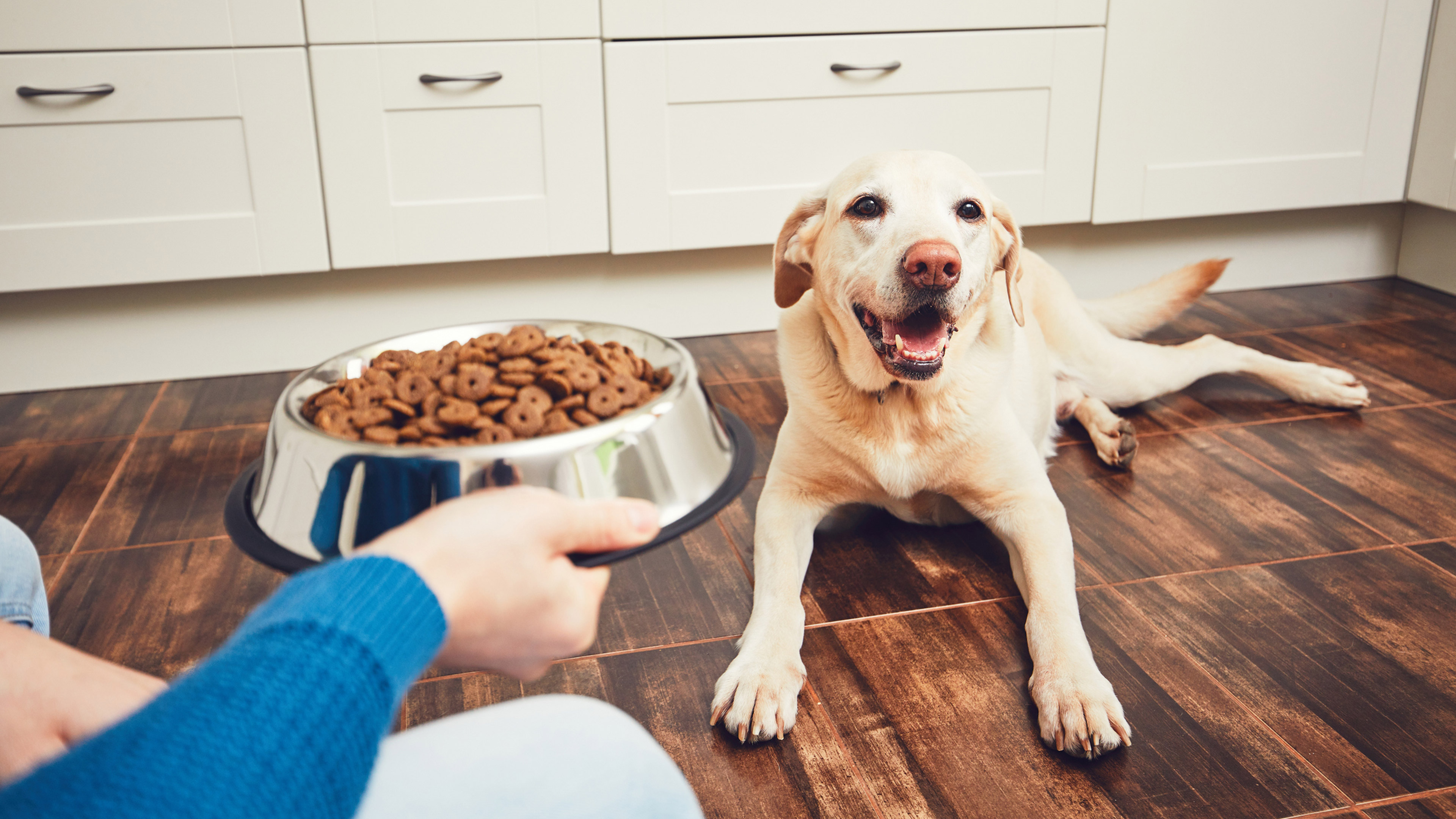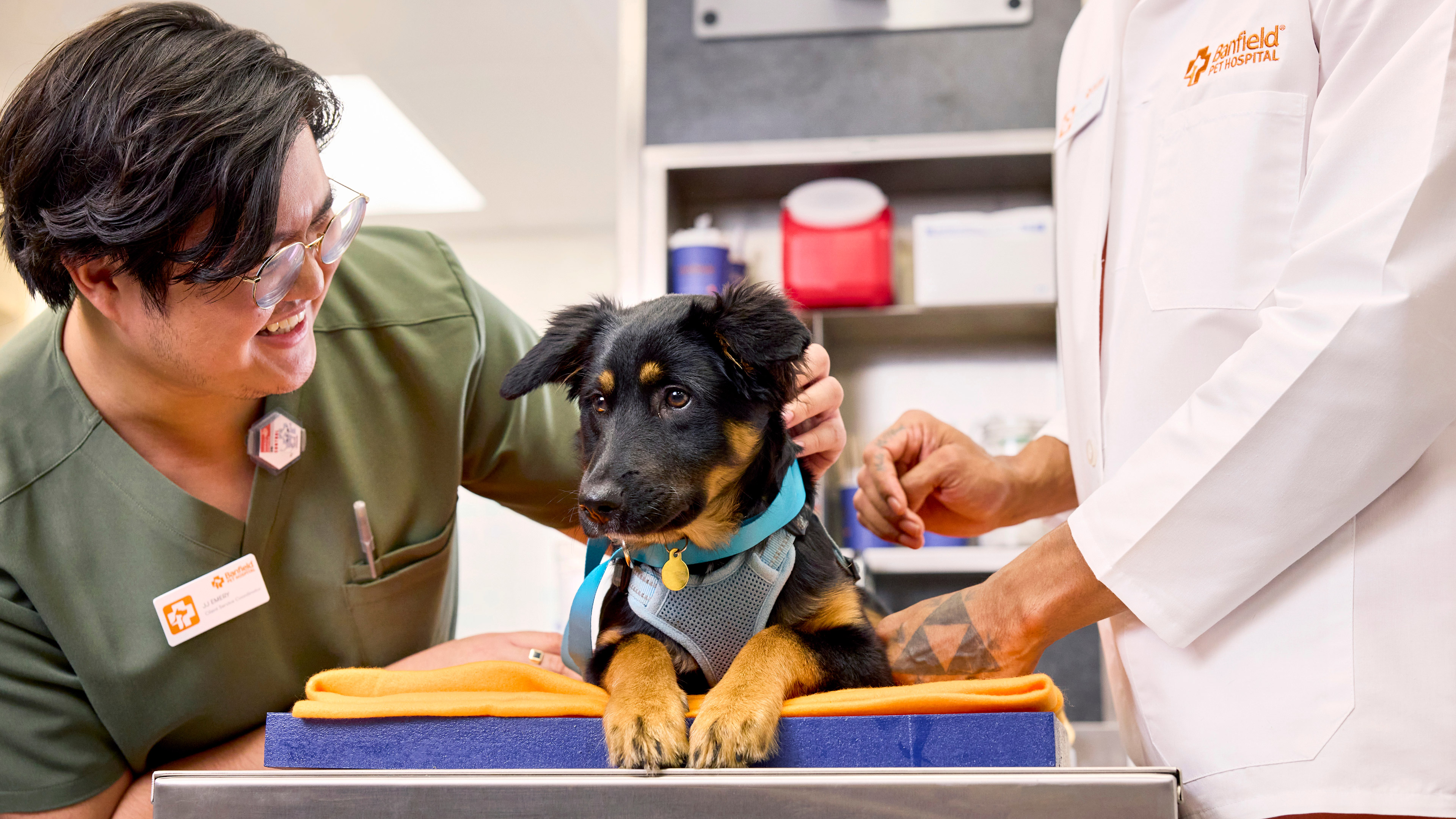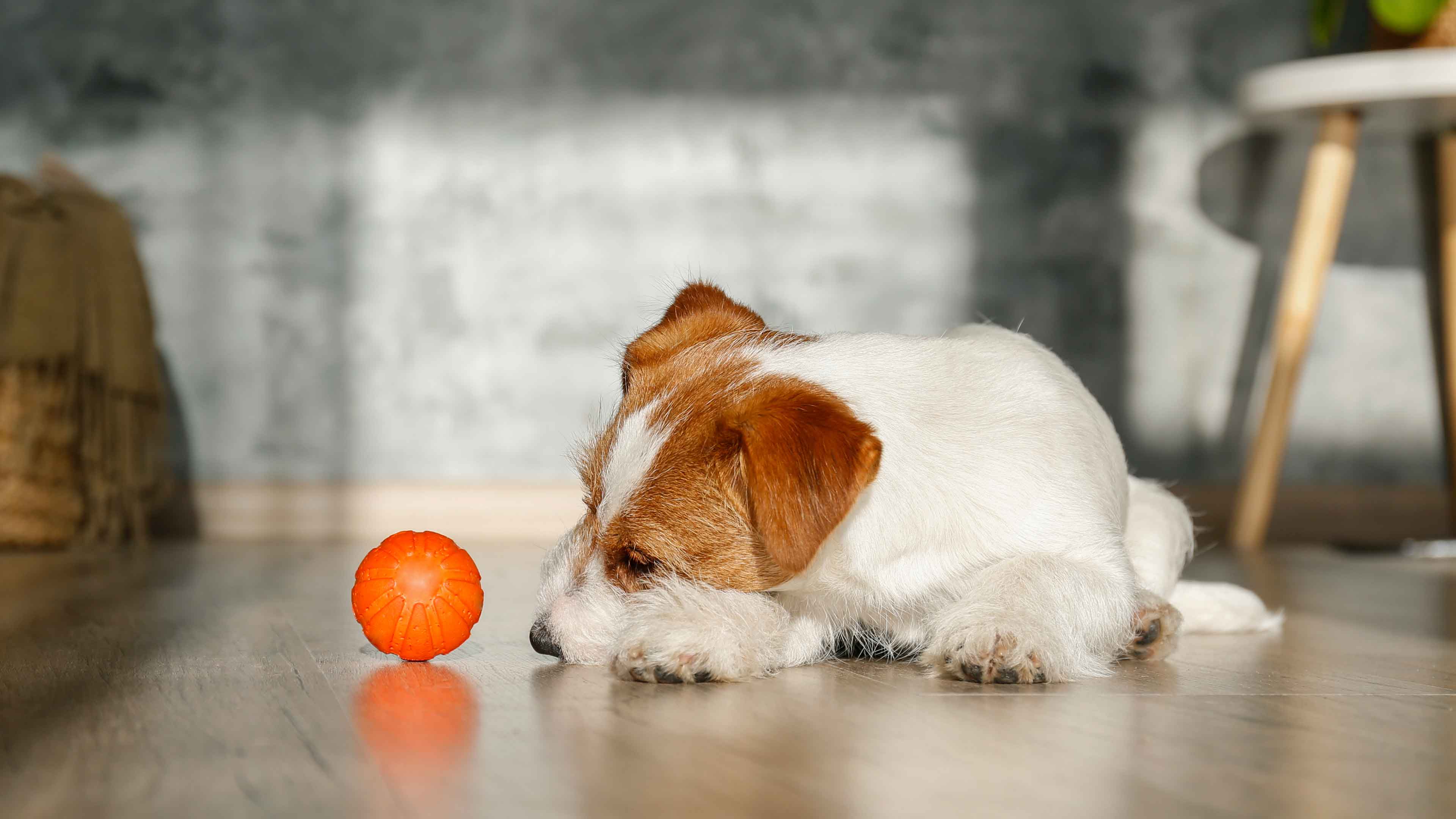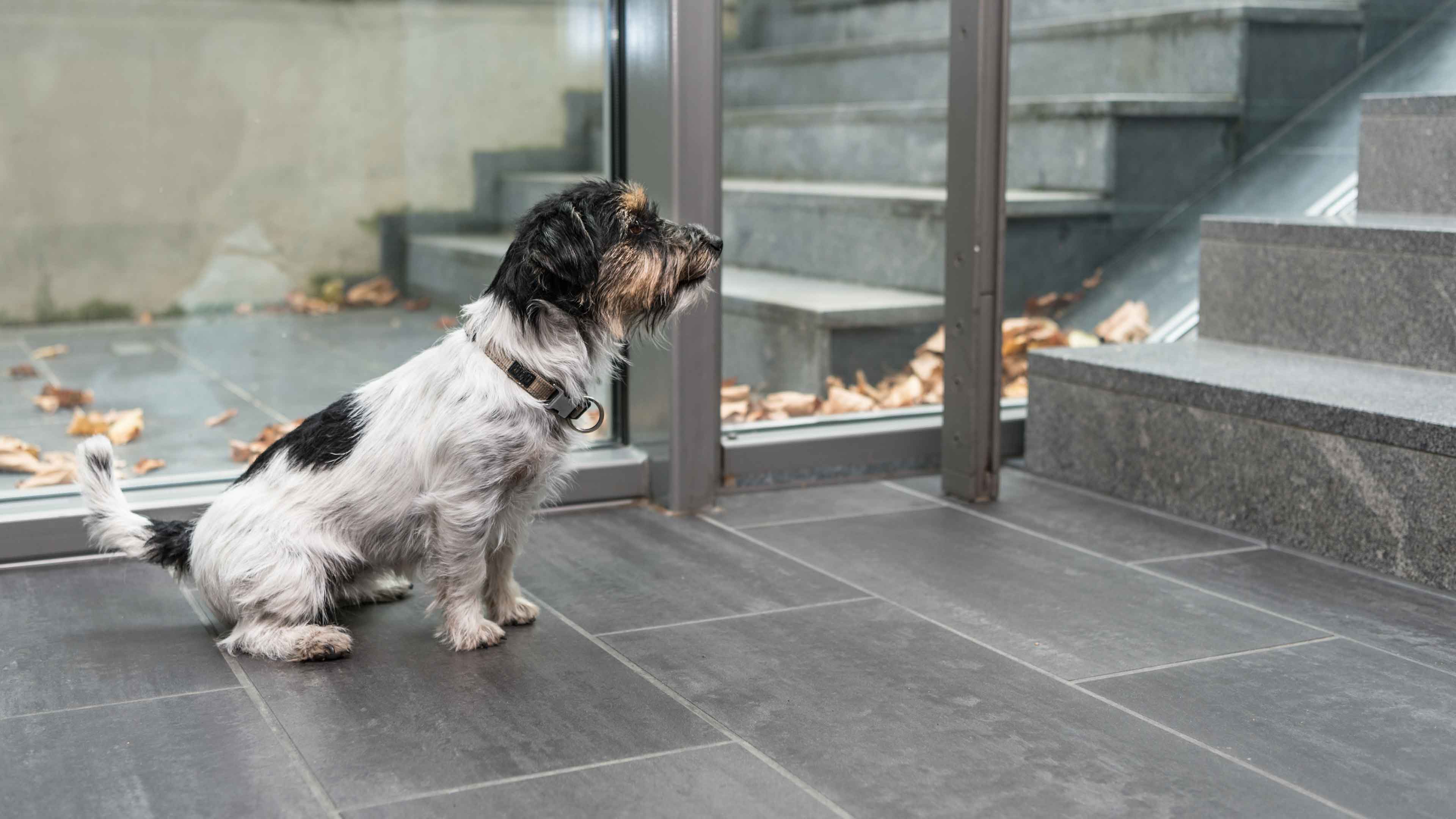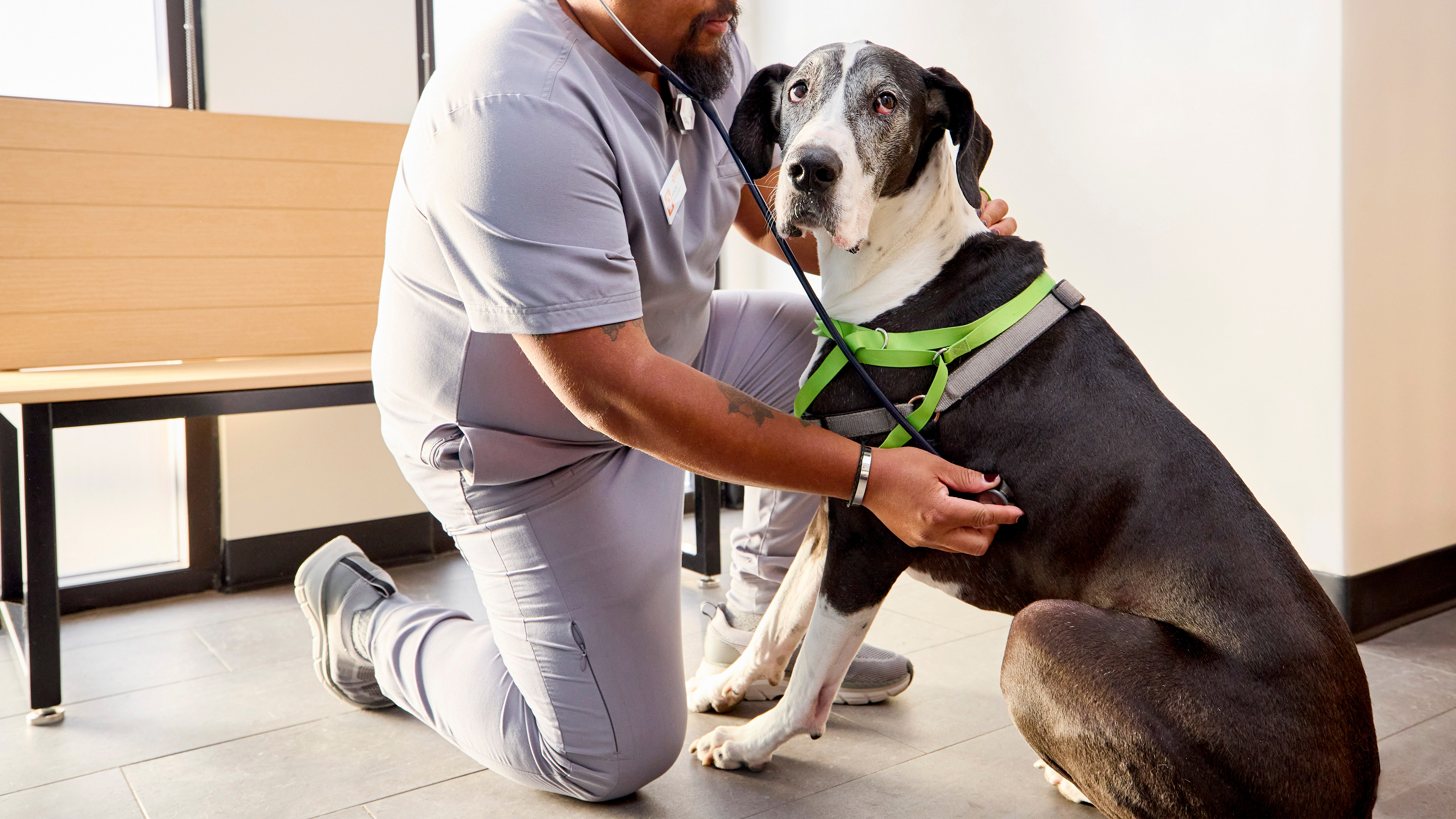how to choose the right bone for your dog
There are no bones about it — dogs love bones. Bones are fun to chew on, throw around, and play with. But not every bone is great for your pup.
In this blog, we’ll go over choosing the safest bone (or rather bone-style treats) for your pet.
Type of bones
Just because it’s a bone, it doesn’t mean you should give it to your pet. Cooked bones — particularly pork, poultry, and rib bones — can easily splinter, break apart, and cause choking or internal injuries.
Raw bones from cow, lamb, or bison are commonly found in stores, but we recommend you consult with your veterinarian before purchasing one of these bones for your pet (more on that below).
Other types of bones include rawhides, which are typically made from dried cow skin; rubber bones, which are made from rubber or synthetic rubber; and bone-shaped treats, such as a certain green-colored “bone” made of soluble ingredients that help with your pet’s oral health.
Bone-style treats
We do not recommend real bones for pets.
We prefer bone-style treats, which are typically safer for your pet and have added benefits such as helping clean teeth, reduce tartar or plaque, and freshen breath.
Most of these treats are made of wheat, added vitamins and minerals, and, oftentimes, meat fat. Hypoallergenic versions are available if your pet is sensitive to any of the more common ingredients.
Why we don’t recommend actual bones
As mentioned above, real bones can pose a variety of risks to your pet, including:
- Choking hazards
- Mouth injuries — broken teeth or punctured gums
- Digestive tract injuries — punctured throat, stomach, or intestines, potentially causing internal bleeding or infection
- Intestinal blockage
- Contamination — potential diseases such as salmonella, E. coli, or listeria
- Constipation
- Diarrhea
If you want to give your dog a real bone, please DO NOT give them bone scraps from your table. Instead, talk to your veterinarian to get their recommendation on the best “bone” for your pet.
 Mites and mange
Mites and mange Podcast - Not Just Fluff
Podcast - Not Just Fluff
